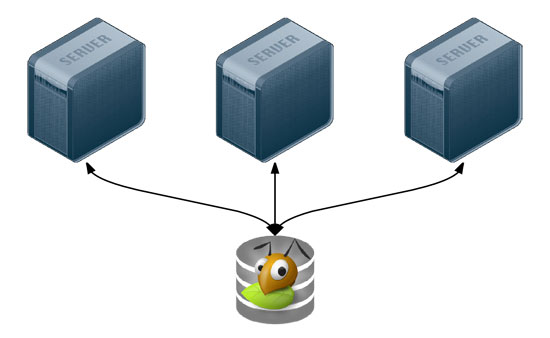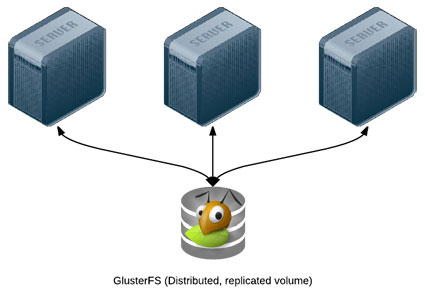Getting the best performance out of Amazon EFS
tl;dr: EFS is NFS. Networked file systems have inherent tradeoffs over local filesystem access—EFS doesn't change that. Don't expect the moon, benchmark and monitor it, and you'll do fine.
On a recent project, I needed to have a shared network file system that was available to all servers, and able to scale horizontally to anywhere between 1 and 100 servers. It needed low-latency file access, and also needed to be able to handle small file writes and file locks synchronously with as little latency as possible.
Amazon EFS, which uses NFS v4.1, checks all of those checkboxes (at least, to a certain extent), and if you're already building infrastructure inside AWS, EFS is a very cost-effective way to manage a scalable NFS filesystem. I'm not going to go too much into the technical details of EFS or NFS v4.1, but I would like to highlight some of the painful lessons my team has learned implementing EFS for a fairly hefty CMS-based project.

